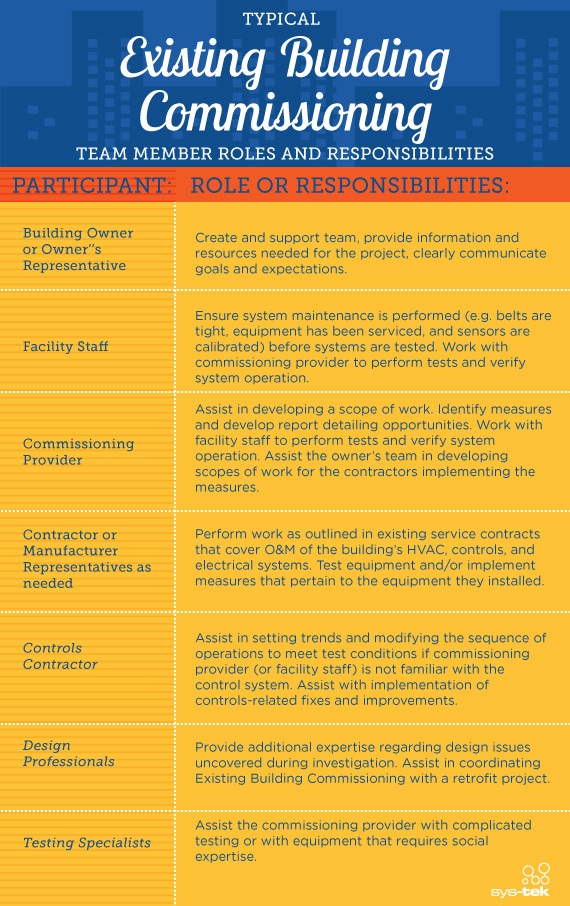Controlling the costs of your retro-commissioning project
Jul 29, 2013
While retro-commissioning projects typically leads to cost savings for facilities, it is important to understand the up-front costs involved in the process. Budgeting appropriately and reducing costs associated with retro-commissioning, where possible, will help building owners achieve the greatest return on their investment.
Costs associated with retro-commissioning
The costs of a retro-commissioning project are unique to each building, depending on factors such as:
- Size of the building
- The age and condition of equipment
- Project scope
- Rates of the retro-commissioning agent
- Number and complexity of building systems
- Availability of on-site staff
The most obvious cost of a retro-commissioning project is the fee of the retro-commissioning agent itself, but in some cases, internal staff or additional subcontractors involved in the project may add to the overall cost. In a study of 100 existing buildings of various type and size, it was found that the fee of the retro-commissioning agent ranged from 35 to 71 percent of the total project costs, with an average value of 67 percent.
Tasks associated with the planning and investigation phases of retro-commissioning accounted for the largest percentage of project costs, followed by costs associated with the actual implementation of approved retro-commissioning measures. The buildings included in the study experienced an average retro-commissioning investment of $33,696, or about $0.27 per square foot. Cost per square foot ranged from as low as $0.03 to $3.86.
Budgeting for your retro-commissioning project
The investigation phase of a retro-commissioning project will often identify measures that can be implemented without additional expenditure. For example, if equipment is found to be running when it is not needed, a simple change in the control system will yield energy savings. Many recommendations, however, may not be covered in the building’s current maintenance budget. An experienced retro-commissioning agent can help you identify and prioritize the most cost-effective measures, so that building owners can plan their upcoming maintenance budgets appropriately.
Reducing the costs of retro-commissioning
Some energy-efficient improvements may qualify for financial incentives from utilities and state programs, which will help cut the costs of retro-commissioning. Business owners can also reduce the costs of a retro-commissioning project and increase the project’s effectiveness with a few key strategies. In an income-generating property, it may be possible to pass the costs of retro-commissioning through to tenants, depending on the type of lease in place. Doing so, however, may limit the recovery of the investment.
Involving your own skilled facility staff to undertake certain tasks during the retro-commissioning project can also cut expenses and allow you to increase the cost-effectiveness of the retro-commissioning agent’s time. Your building operators can help drive down costs by providing lists of known opportunities, compiling updated building documentation, performing scheduled equipment maintenance, and assisting with diagnostic monitoring and testing.







